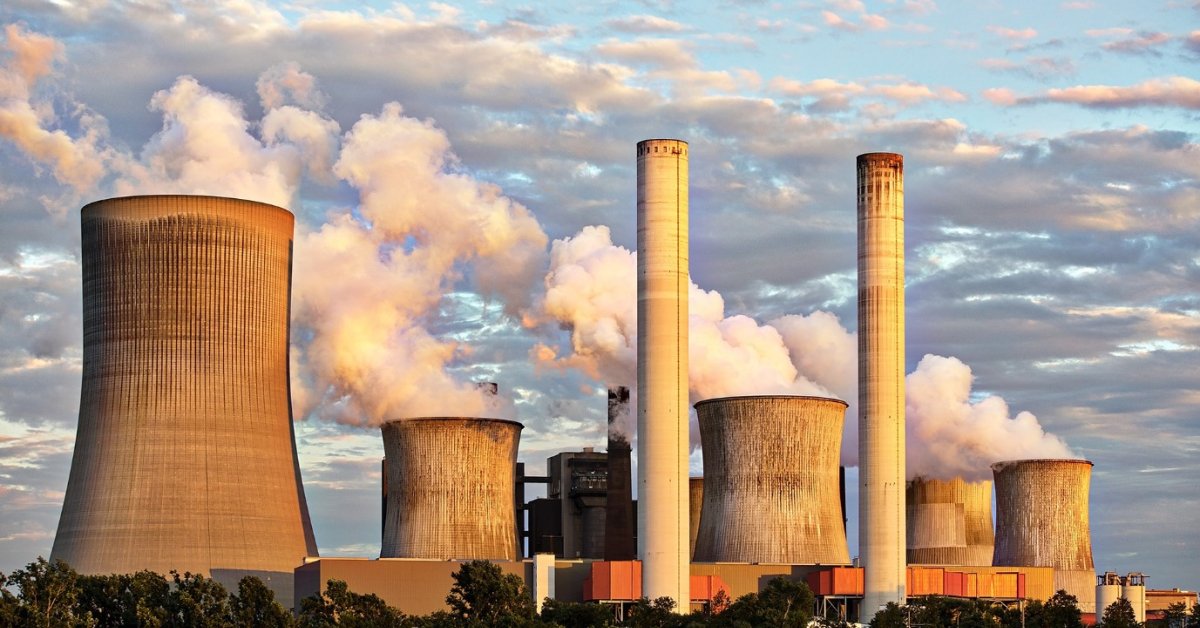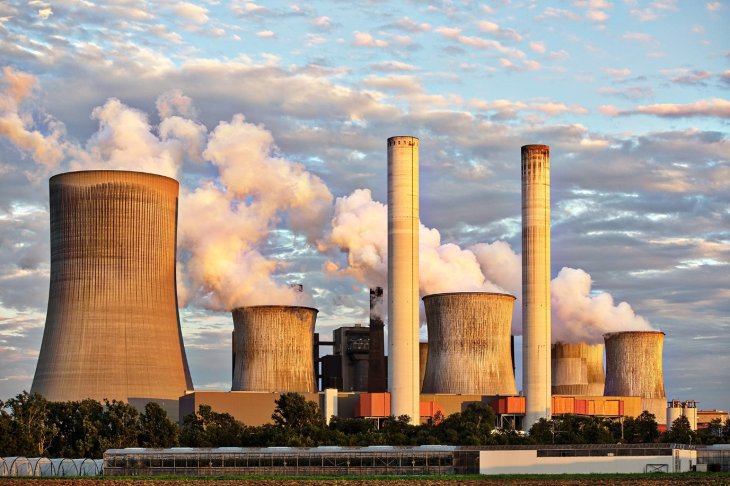CO2 Can Be Turned Into Sustainable Fuel, Giving Hope To Polluted Delhi
Harin - Feb 18, 2020

Researchers have figured out how to generate energy and fuel sustainably with CO2 while trying to minimalize the impact on our planet.
- Going Vegetarian Could Eliminate 16 Years Of CO2 Emissions By 2050
- These Living Bricks Can Self-Heal, Absorb CO2, And Multiply
- MIT Experts Found A Cost-Effective Way To Remove Carbon Dioxide From The Air
We are putting our efforts into generating energy and fuel sustainably while trying not to affect our planet. Researchers are striving to realize this but haven’t found practical solutions.
But it seems like researchers from the US Department of Energy’s National Renewable Energy Laboratory and Southern California Viterbi School of Engineering might have figured out how to achieve this.
They are working on building a power plant that instead of releasing emissions would capture the emitted CO2. The CO2 will be used to power the plant.

The team has discovered a new metal carbide nanoparticles that can turn carbon dioxide into fuel. The nanoparticle can be mass-produced cost-effectively while also making the least amount of impact on the environment, thus helping us combatting greenhouse emissions.
The project was first published in the American Chemical Society. Its aim is to capture CO2 right from the source and then transform it into fuel. Here, the nanoparticle works as an accelerator for this reaction.
Professor Noah Malmstadt from the Department of Chemical Engineering and Materials Science, the University of Southern California, explained that what they tried to do here was turning the CO2 to carbon-hydrogen bonds from carbon-oxygen bonds. They were converting CO2 back into hydrocarbons.
He added:

Until now, the catalyst making process has been doing more harm than good. To create carbides, the temperatures need to be set at higher than 600 centigrade degrees. The hotter the temperature, the more difficult it is to control the size of the catalyst, thus impacting the catalysts’ performance.
However, the approach of Malmstadt is slightly different. What his team is trying to do is using a milifluidic reactor process, a small-scale chemical reactor with minimal impact on our environment. At 300 centigrade degrees, the process produces smaller particles that are ideal for turning CO2 into hydrocarbon.
As opposed to the large-scale chemical reactor which is costly, such a process would help save costs. He said:

>>> Hydropower Plants Release More CO2 Than They Save, Study Finds
Featured Stories

Features - Jul 01, 2025
What Are The Fastest Passenger Vehicles Ever Created?

Features - Jun 25, 2025
Japan Hydrogen Breakthrough: Scientists Crack the Clean Energy Code with...

ICT News - Jun 25, 2025
AI Intimidation Tactics: CEOs Turn Flawed Technology Into Employee Fear Machine

Review - Jun 25, 2025
Windows 11 Problems: Is Microsoft's "Best" OS Actually Getting Worse?

Features - Jun 22, 2025
Telegram Founder Pavel Durov Plans to Split $14 Billion Fortune Among 106 Children

ICT News - Jun 22, 2025
Neuralink Telepathy Chip Enables Quadriplegic Rob Greiner to Control Games with...

Features - Jun 21, 2025
This Over $100 Bottle Has Nothing But Fresh Air Inside

Features - Jun 18, 2025
Best Mobile VPN Apps for Gaming 2025: Complete Guide

Features - Jun 18, 2025
A Math Formula Tells Us How Long Everything Will Live

Features - Jun 16, 2025
Comments
Sort by Newest | Popular